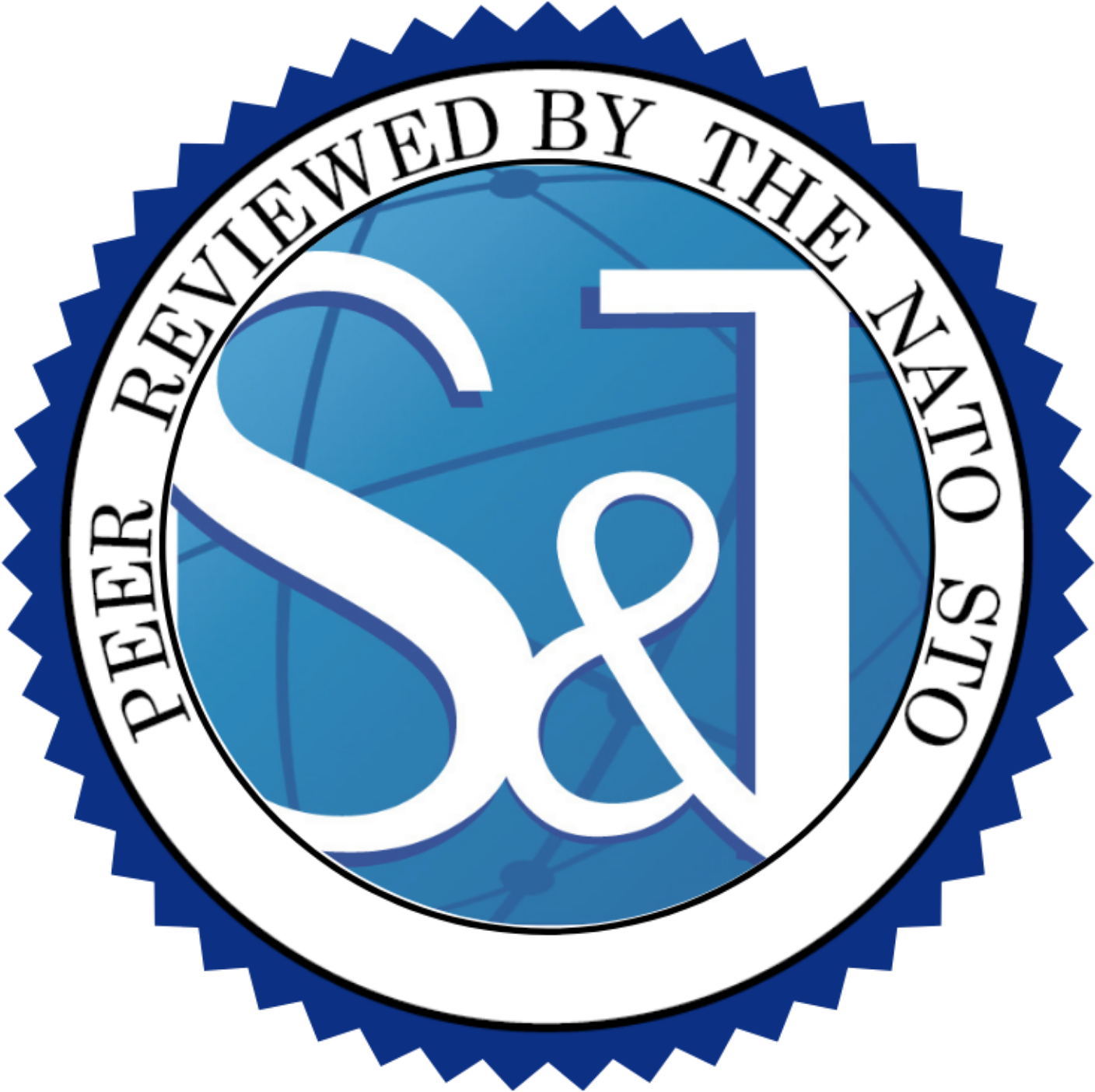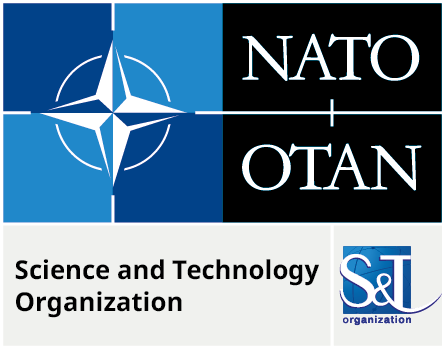Author(s): Martin Sohst; Jose Vale; Curran Crawford; Graham Potter; Sid Banerjee ![]()

DOI: 10.14339/STO-AVT-324-3 | ISSN: TBD
A novel Strut-Braced Wing (SBW) configuration is compared to a cantilevered High Aspect Ratio Wing (HARW) based on the Predator drone. Both configurations are optimized for maximum load factor bearing capability subject to a maximum mass, maximum structural stress and minimum aerodynamic efficiency (L/D) constraints
Citation:
ABSTRACT
A novel Strut-Braced Wing (SBW) configuration is compared to a cantilevered High Aspect Ratio Wing (HARW) based on the Predator drone. Both configurations are optimized for maximum load factor bearing capability subject to a maximum mass, maximum structural stress and minimum aerodynamic efficiency (L/D) constraints. The optimization resorts to the generation of kriging based surrogate models for the different parameters involved. The sampling of the results is generated using a Fluid-Structure Interaction (FSI) procedure that couples an Equivalent Beam Model with Low Fidelity (Panel Method) or High Fidelity (RANS) aerodynamics. The generation of HF samples is attempted to be minimized using engineering judgment. Nevertheless, the dimensionality of the SBW optimization problem seems to require additional samples to improve the quality of the surrogate models. Results show that the proposed configuration does not seem suitable to increase the load bearing capability without penalizing structural mass and/or aerodynamic efficiency. The main reason for such difficulties is that although an increase in the wing Aspect Ratio (AR) allows to neutralize the drag penalty due to the presence of the strut, the deformation of the structure induces extra drag penalty.
DOWNLOAD FULL ARTICLE


